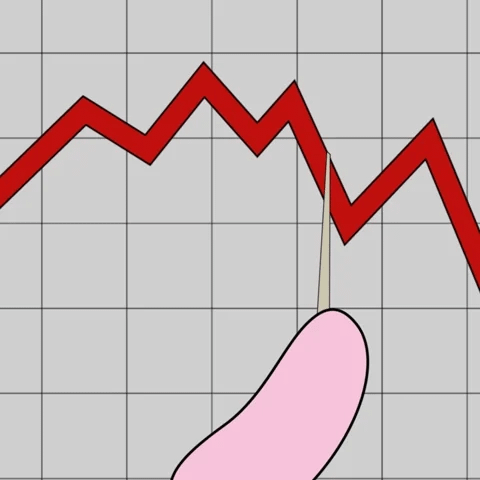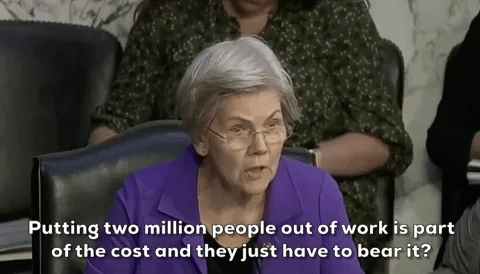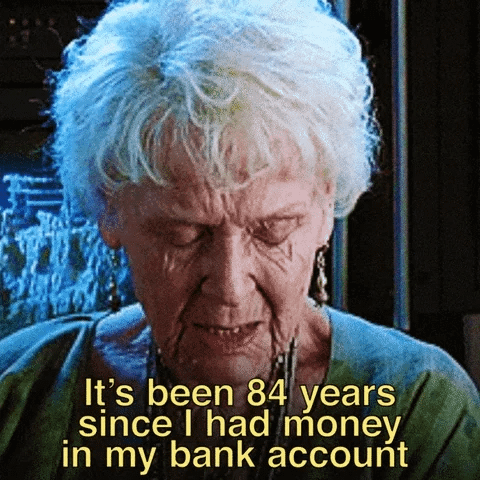Are Creatives in an AI Induced Recession or Simply a Broader Economic One?
Economic signals that are the most reliable indicators of recession
From the Sahm Rule to inverted yield curves, all amid a war on inflation and political election antics, what does it all mean for the creative and freelance industry?
Creatives have faced significant challenges over the past year and a half (source: LinkedIn's green banner #opentowork profile picture surge). The trend of creatives being laid off or turning to freelancing began in early 2022 and accelerated with the hype around Artificial Intelligence, particularly OpenAI’s ChatGPT in November 2022.
If you ignore the swift covid-induced recession that began in March of 2020, you have to go back to the GFC (Global Financial Crisis) of 2007-2008 for the last recession. A recession is a prolonged period of economic decline characterized by a significant drop in economic activity. As the U.S. economy is consumer-driven, accounting for 68% of GDP, a slowdown in spending can weaken the economy.
So is it really artificial intelligence disrupting the creative industry, or is it the economy itself?
Jake Benjamin, a Senior Video Editor based in Brooklyn, New York, who began his freelance career during the GFC, offers perspective on the current situation.
“2008 was when I went freelance and was actually profitable as a freelancer. Back then agencies were cutting costs so they used more freelancers after having rounds of layoffs, also as an alternative to going out of house to a post house. I don’t think what’s going on right now really has to do with AI. I think it’s a market correction in combination with high interest rates and the democratization of film making.”
-Jake Benjamin, Freelance Senior Video Editor
High interest rates indeed. The Federal Reserve started raising rates from 0% to 5.25-5.5% between March 2022 and July 2023 to combat inflation and has since adopted a wait-and-see approach. Higher rates make borrowing more difficult, which slows economic activity.
Federal Reserve policies can act like a pendulum: swing too far in one direction, and it can quickly swing back. Balancing this has always been delicate.
Why might the Fed start cutting rates? Fed Chair Jerome Powell has indicated that it’s “time for policy to adjust”. Meaning rate cuts will begin as inflation has normalized, however employment is showing signs of weakness.
The unemployment rate has risen nearly 1% over the past year, much of it in the last six months. But it’s the rate of increase in unemployment that can be more concerning.
The Sahm Rule states that a recession begins when the three-month moving average of the national unemployment rate exceeds its low from the previous 12 months by 0.5 percentage points. According to the latest employment data from July and this rule, we are at the start of a recession.
Another term frequently discussed is the inverted yield curve. Since 1955, an inverted yield curve has been a reliable predictor of recessions, typically with a 12 to 24-month lag between inversion and the start of a recession. As of August 2024, the yield curve has been inverted since 2022, but a recession has not yet occurred. Possible reasons include a strong economy and cooling inflation. At least as of now.
The chart shows the yield curve spread between the 10-year and 2-year Treasuries. The gray areas indicate recessions following negative spreads. Pay close attention to the far right of the chart.
So, what does this mean for freelancers and creatives in the advertising and marketing industries?
Relief may be on the horizon. The creative industry has been in turmoil for about a year and a half. Policy changes may bring more challenges, but ad spending is up. What’s driving this?
Consumers need to be targeted on a more personal level. The amount of content needed is drastically increasing. Budgets are being stretched and stretched as a result.
Stretched in the sense that content is being adapted across many mediums rather than using a one-size-fits-all approach.
“It’s not just a commercial campaign. It’s not just a social campaign. It’s not just targeting 1 niche. You’re targeting multiple people and subcultures on multiple platforms in the native language of each platform.
-Jake Benjamin, Freelance Senior Video Editor
If your company struggles to navigate this potential recession, watch for these warning signs: hiring slows or freezes, executives leave in droves, departments reorganize, and raises decrease or vanish. Now may be a good time to update your portfolio, reconnect and expand your professional network, build relationships, and become financially prepared.
One of my all time favorite reads, is Dave Ramsey’s “Total Money Makeover”. His advice on budgeting is a must read for everyone striving to be financially fit.
Any questions? Be sure to read our disclaimer and our affiliations at your earliest convenience.








